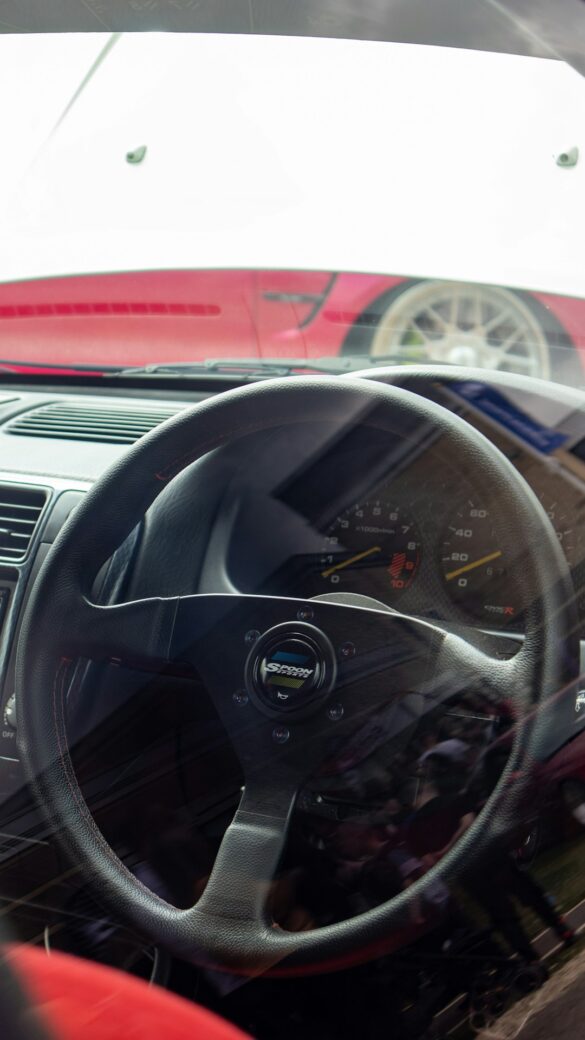When we think of cars, we often picture sleek, shiny models cruising down the highway with the wind in their hair. But how did these elegant machines come to be? The evolution of car design is a fascinating journey that spans over a century, with styles changing drastically from the vintage classics of the early 20th century to the modern, futuristic designs of today.
The first cars were simple and functional, with a focus on utility rather than aesthetics. In the late 19th and early 20th centuries, cars were essentially horseless carriages, with wooden bodies and spoked wheels. They were boxy and utilitarian, with no thought given to design beyond what was necessary for the car to function.
But as cars became more popular and affordable, designers began to experiment with different styles and materials. In the 1920s and 1930s, car design took on a more streamlined and aerodynamic look, with sleek curves and elegant lines. Art Deco influences were also prevalent during this time, with cars featuring intricate detailing and bold, geometric designs.
One of the most iconic cars of this era was the Chrysler Airflow, introduced in 1934. The Airflow was revolutionary in its design, with a streamlined body that was unlike anything seen before. It featured a sleek, futuristic look that was a stark departure from the boxy cars of the past.
The 1950s and 1960s saw the rise of the American muscle car, with brands like Chevrolet, Ford, and Dodge producing powerful, sleek cars that were designed to turn heads. These cars featured long hoods, short rear decks, and aggressive styling that exuded speed and power. The Chevrolet Bel Air, Ford Mustang, and Dodge Charger are just a few examples of the iconic muscle cars of this era.
In contrast to the muscle cars of the 50s and 60s, the 1970s and 1980s saw a shift towards more practical and fuel-efficient cars. Designers focused on creating smaller, more economical cars that were also stylish and modern. The Volkswagen Beetle and the Fiat 500 are prime examples of this trend, with their compact bodies and quirky designs.
The 1990s brought a new era of car design, with manufacturers experimenting with bold shapes and futuristic designs. Cars like the Lamborghini Diablo, the Mazda MX-5, and the Dodge Viper showcased the growing trend towards sleek, aerodynamic designs that were both stylish and high-performance.
Today, car design is a mix of classic, vintage-inspired styles and modern, cutting-edge designs. Luxury brands like Mercedes-Benz and BMW continue to produce elegant, refined cars that exude sophistication and class. Sports car manufacturers like Ferrari and Porsche are pushing the boundaries of design with sleek, aerodynamic bodies and powerful engines.
Electric cars are also making waves in the automotive world, with brands like Tesla leading the charge in creating stylish, eco-friendly vehicles that are both practical and chic. The Tesla Model S, with its clean lines and minimalist design, is a prime example of how electric cars can be both environmentally conscious and fashion-forward.
The evolution of car design has been a long and fascinating journey, with styles changing and evolving over the decades. From the boxy horseless carriages of the early 20th century to the sleek, high-performance machines of today, cars have come a long way in terms of design and aesthetics.
As technology continues to advance and consumer preferences shift, we can expect to see even more exciting changes in car design in the coming years. Whether you prefer the vintage classics of the past or the modern, futuristic styles of today, one thing is certain – the evolution of car design is a never-ending cycle of innovation and creativity.

